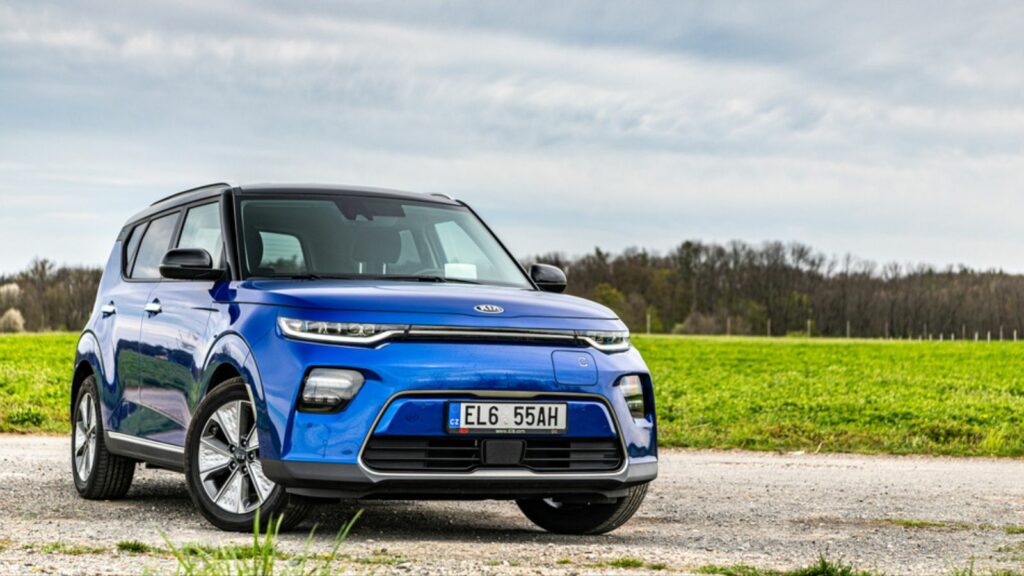The small SUV segment is the hottest in North America, but not all models deserve the spotlight. Buyers want versatility, comfort, fuel efficiency, and dependability, yet some small SUVs fall short in every category. With more competition than ever from Honda, Toyota, Mazda, and even new EV entries, it’s easy to spot which models are struggling. These vehicles often tempt buyers with low prices or flashy styling, but beneath the surface are weak engines, poor reliability scores, and disappointing long-term ownership experiences. Here are the small SUVs on sale in North America today that stand out for all the wrong reasons.
Jeep Compass
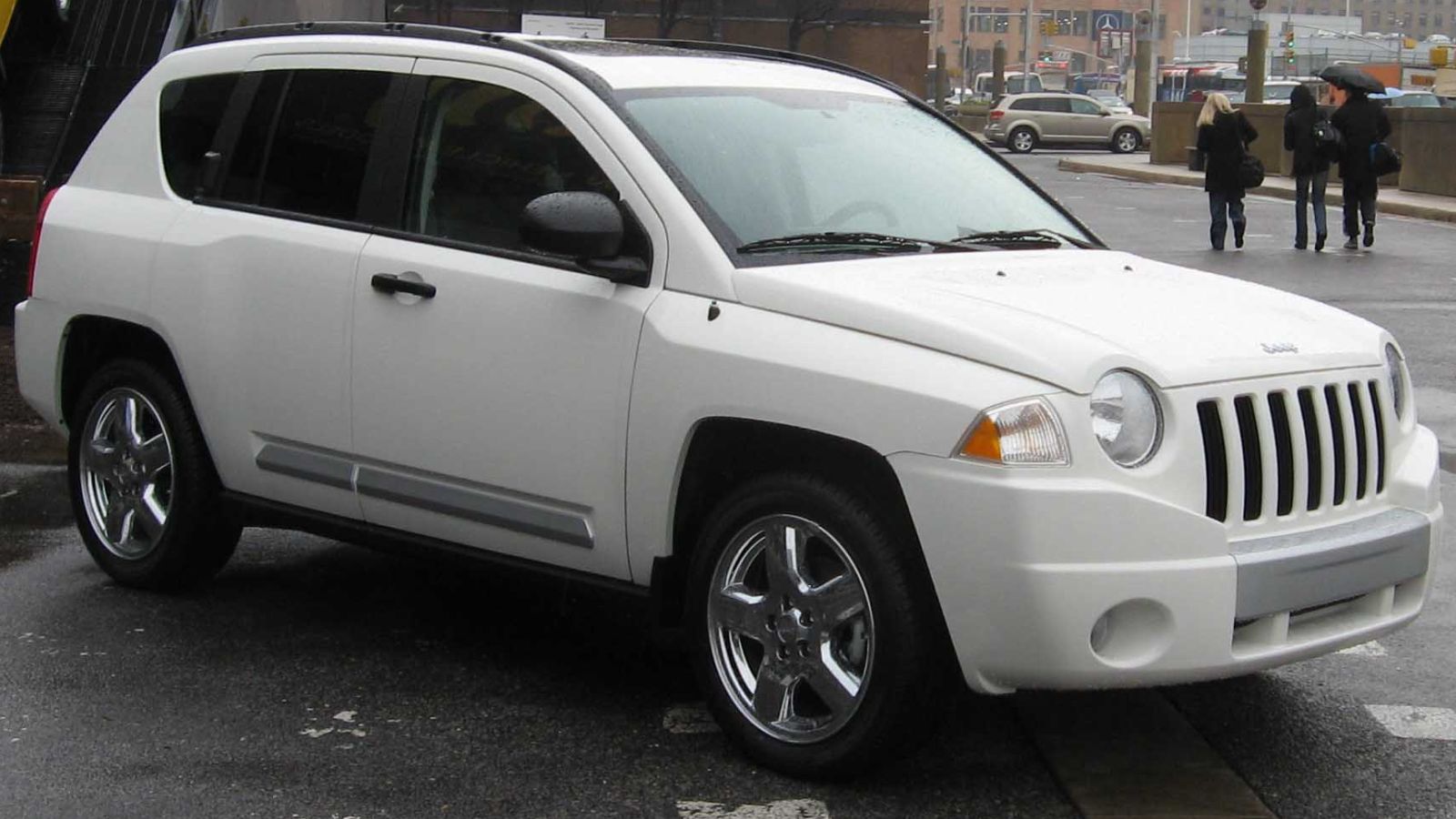
The Compass wears a Jeep badge but rarely lives up to Jeep expectations. Its base 2.4 litre four-cylinder struggles to move the SUV with confidence, delivering sluggish acceleration and underwhelming fuel economy at around 25 mpg combined. Interior quality lags far behind competitors, with cheap plastics and dated technology. Reliability ratings from Consumer Reports and J.D. Power have consistently been below average, especially with recurring electrical faults. In Canada, where winter durability matters, the Compass feels more like a dressed-up hatchback than a rugged SUV.
Mitsubishi Outlander Sport (RVR in Canada)
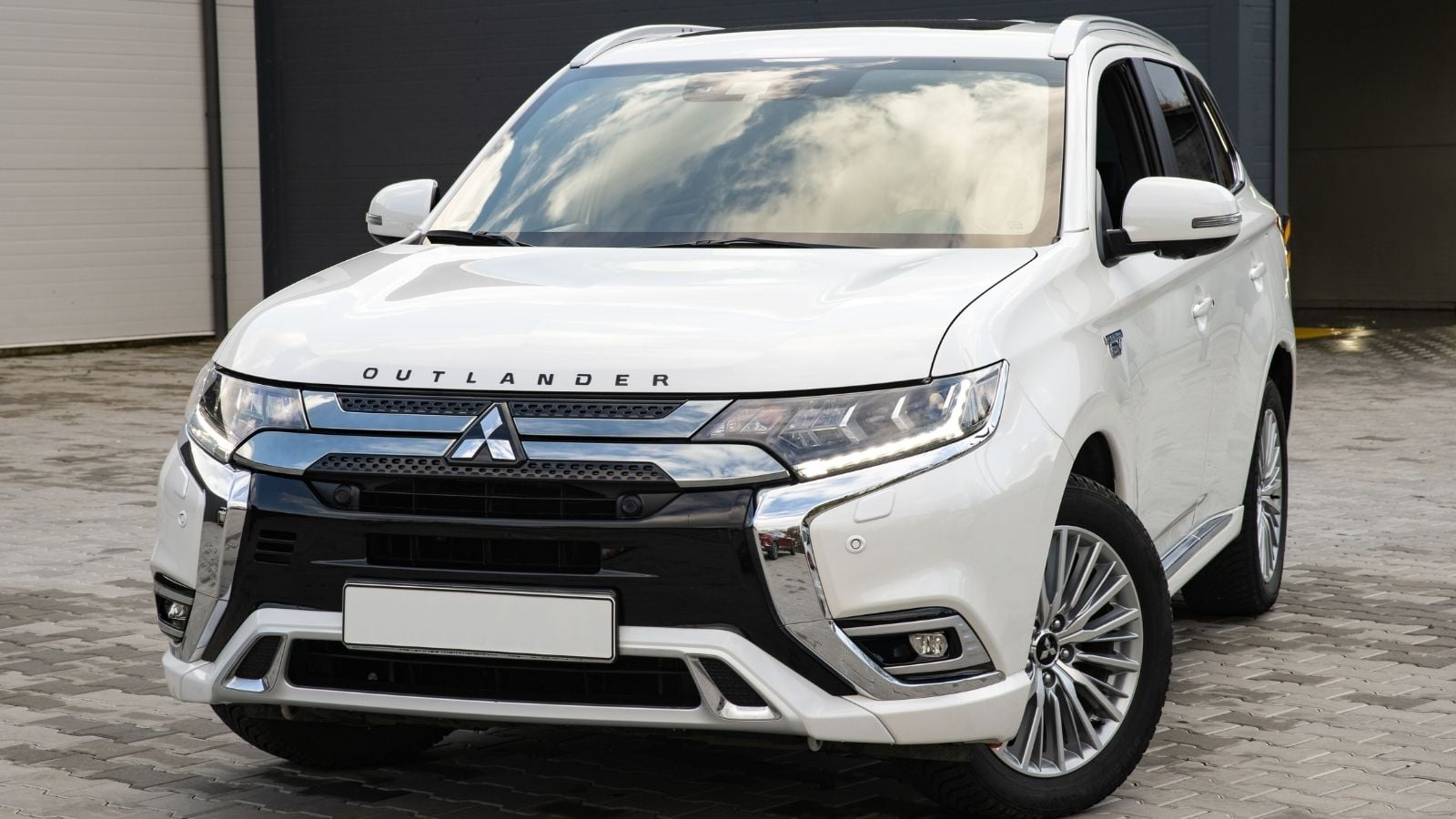
The Mitsubishi Outlander Sport—known as the RVR in Canada—has barely changed in over a decade, and it shows. Its 2.0 litre engine makes just 148 horsepower, struggling on highways and even more so when loaded with passengers or cargo. Fuel economy is mediocre at best, and the CVT transmission is noisy under acceleration. Safety ratings from the IIHS have been mixed, and the interior is filled with outdated switchgear and hard plastics. Mitsubishi leans heavily on long warranties to attract buyers, but most Canadians realize the vehicle itself is outclassed in every way.
Chevrolet Trax
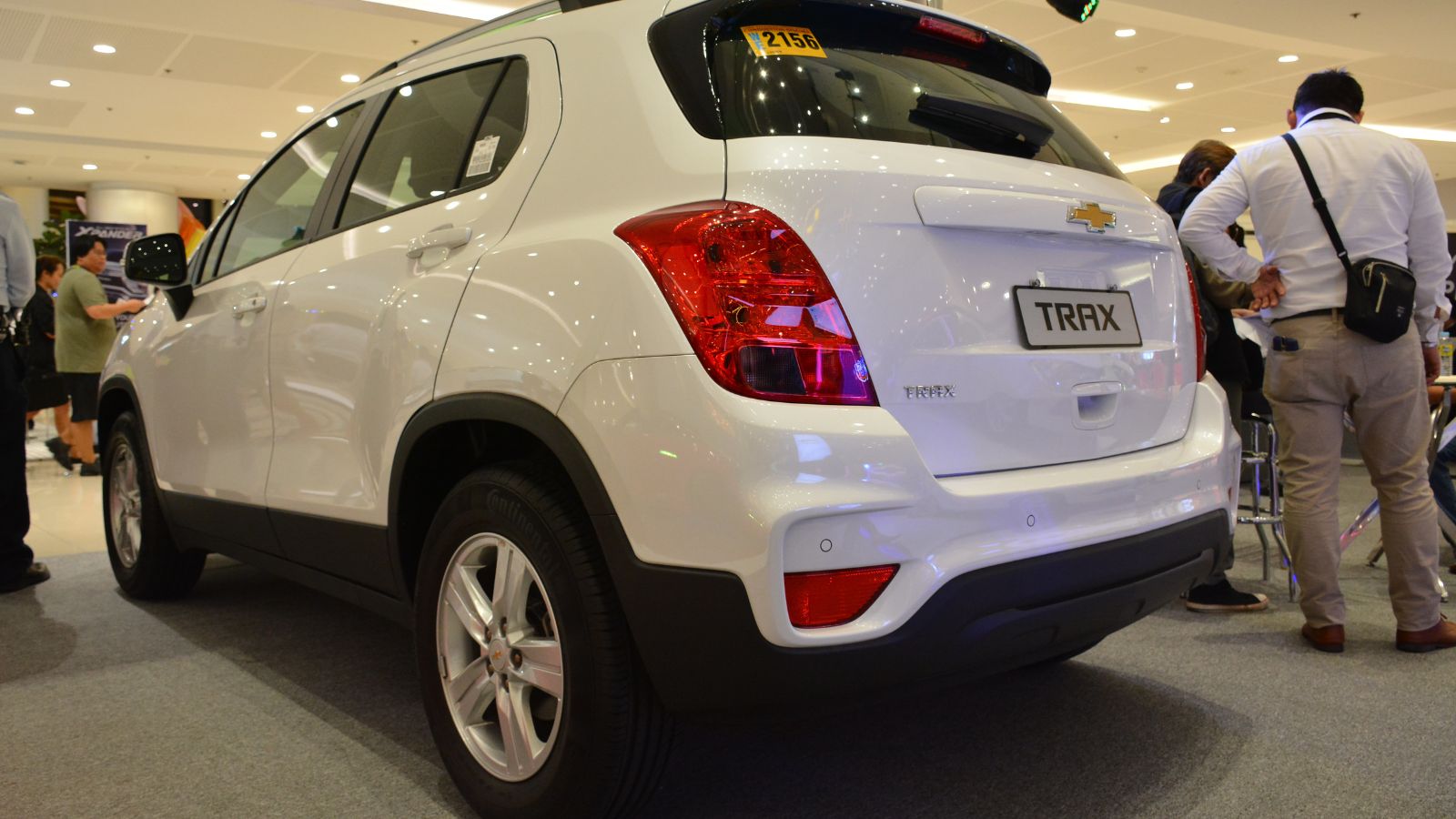
The Chevy Trax is marketed as an affordable entry point to SUVs, but affordability only goes so far. Its 1.4 litre turbo four-cylinder makes just 155 horsepower and feels underwhelming in real-world driving, especially on highways. Fuel economy is fine, but reliability has been a sore spot, with complaints about turbo failures and electrical issues. Interior space is cramped, and rear seating feels tight compared to rivals. With resale values dropping fast, the Trax is often considered a poor investment, especially when a Honda HR-V or Mazda CX-30 offers more for the money.
Ford EcoSport
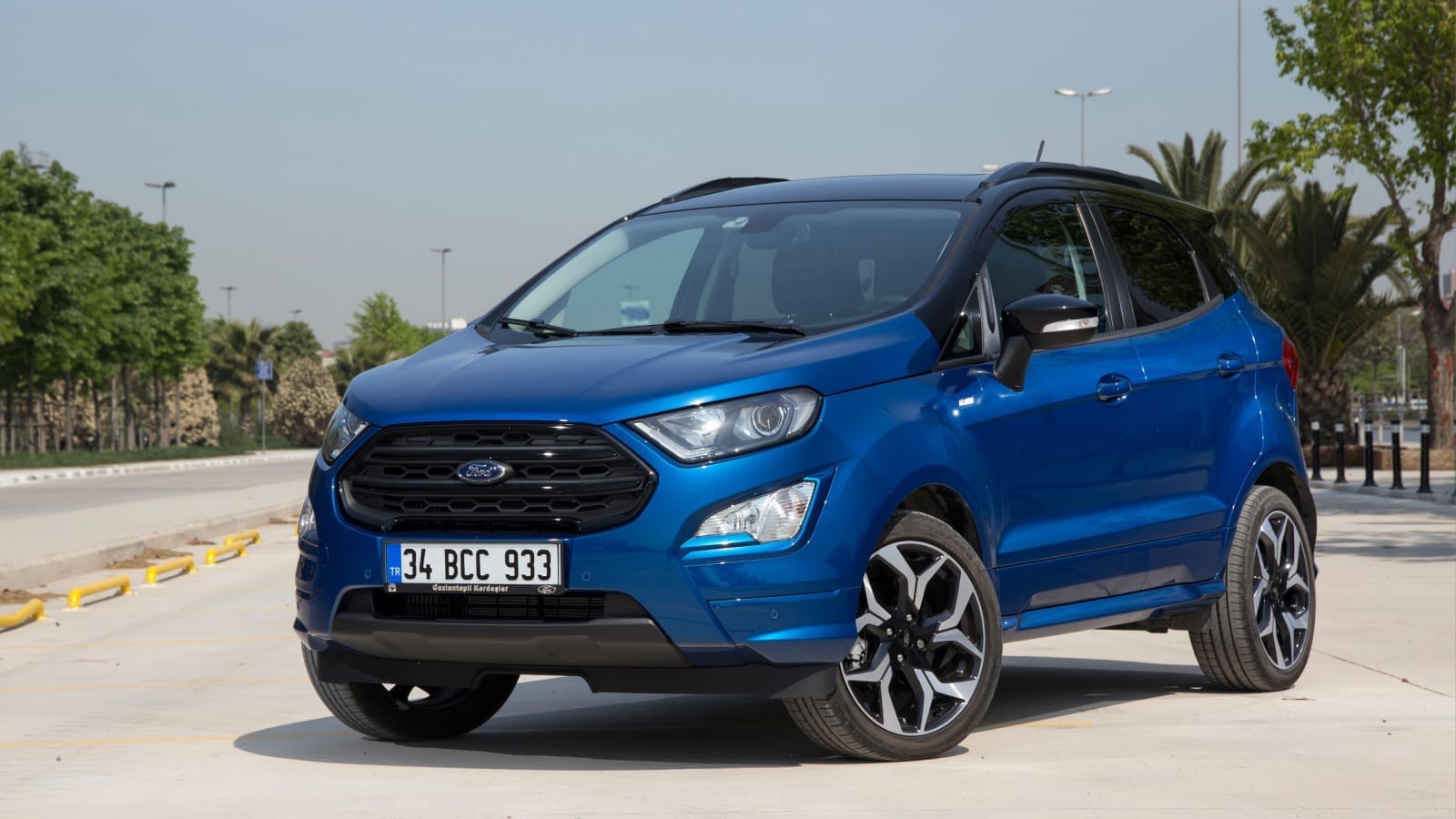
The Ford EcoSport has struggled from the moment it hit North American showrooms. Its base 1.0 litre turbo three-cylinder produces just 123 horsepower, making it one of the weakest vehicles in its class. Even the optional 2.0 litre four-cylinder barely manages to keep up. Highway driving exposes the EcoSport’s loud cabin and poor ride comfort, and the unusual rear-swinging tailgate is impractical in tight Canadian parking spaces. With fuel economy below many competitors and Ford discontinuing the model, the EcoSport feels like a misstep that never found its place.
Nissan Kicks
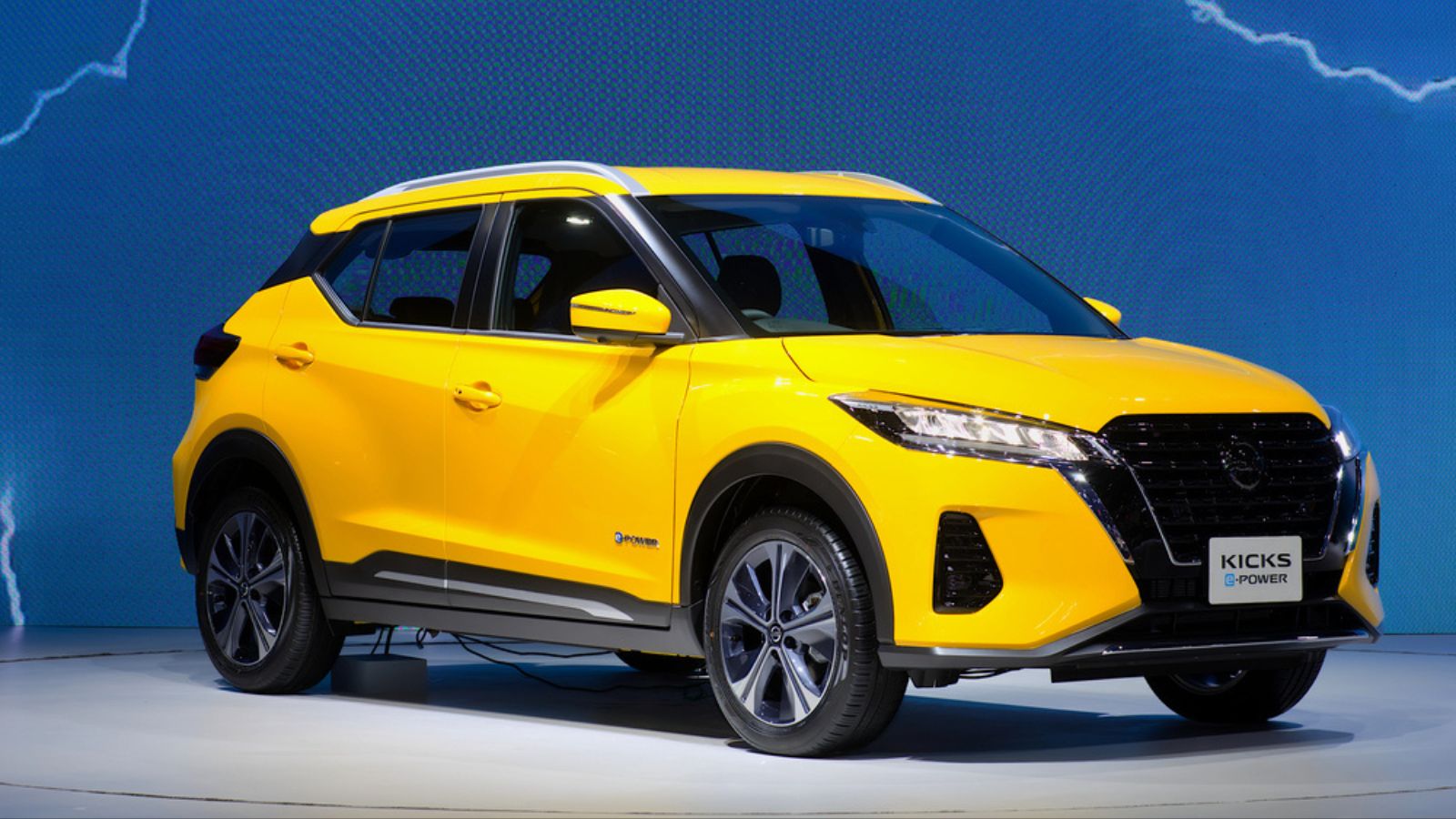
The Nissan Kicks has gained some traction as a budget-friendly option, but it leaves too much on the table. Its 1.6 litre engine makes just 122 horsepower, struggling to keep up at highway speeds. Worse still, the Kicks doesn’t offer all-wheel drive, which is a dealbreaker for many Canadian buyers facing snowy winters. Interior materials feel basic, and road noise is significant at highway speeds. While fuel efficiency is solid at about 33 mpg combined, the trade-offs in power and comfort make the Kicks a hard sell.
Hyundai Kona (Base Models)
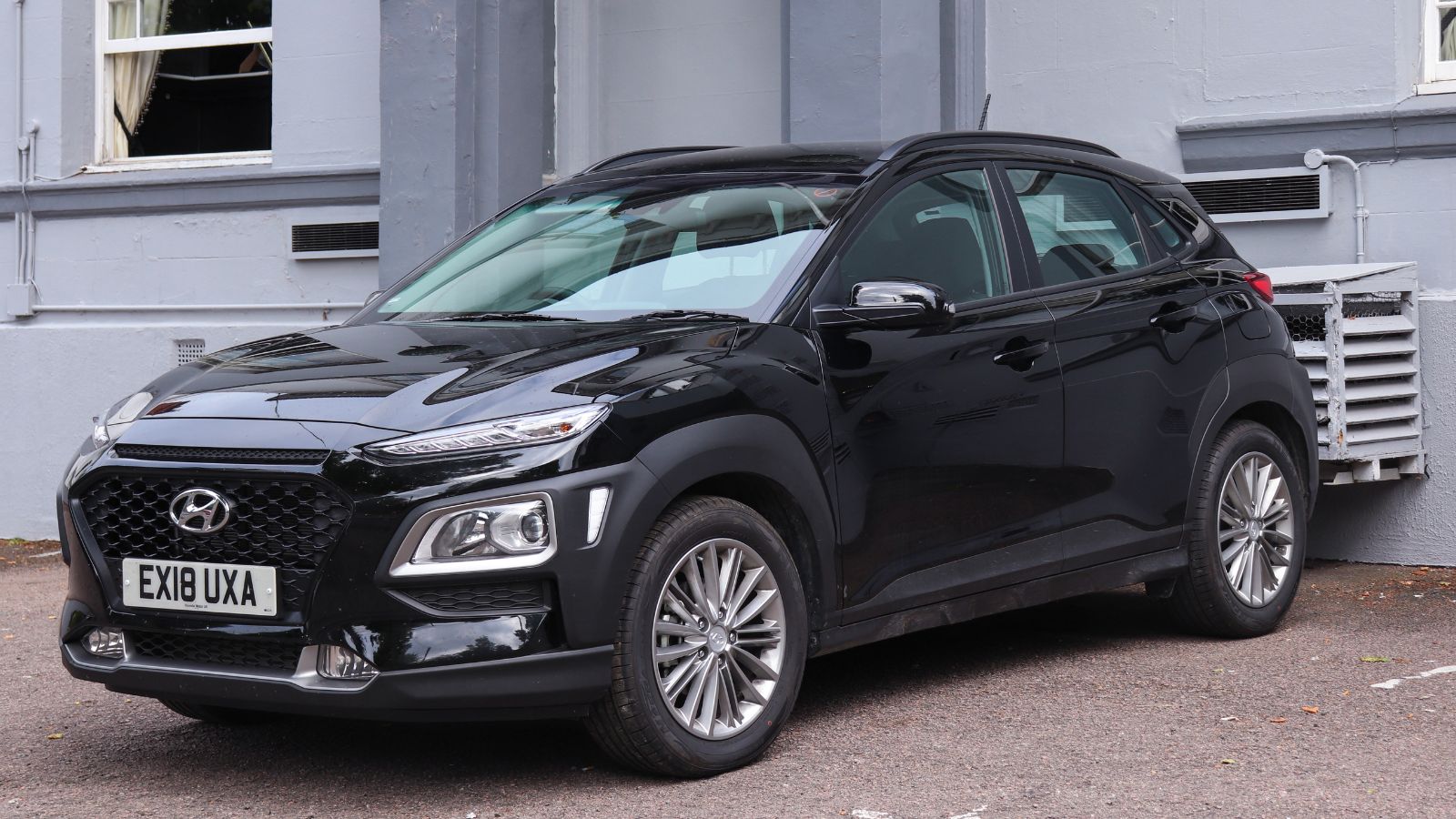
The Hyundai Kona has sharp looks and fun handling in its turbocharged variants, but the base models with the naturally aspirated 2.0 litre four-cylinder are underwhelming. With 147 horsepower, acceleration is weak, and the engine gets loud under stress. Reliability concerns have also surfaced, including reports of premature engine wear and electrical glitches. Canadian buyers expecting Hyundai’s usual value often find themselves disappointed when the base Kona feels like a budget cut version of an otherwise good SUV.
Jeep Renegade

The Jeep Renegade tries to capture Jeep’s rugged image in a smaller package, but it doesn’t pull it off. Its cramped interior, limited cargo space, and awkward visibility leave much to be desired. The nine-speed automatic transmission has been one of the most complained-about components, with jerky shifts and reliability issues. While the optional turbo engine helps, base models feel weak, and long-term dependability is questionable. In harsh Canadian winters, the Renegade fails to inspire confidence, proving that a Jeep badge alone doesn’t guarantee toughness.
Toyota C-HR
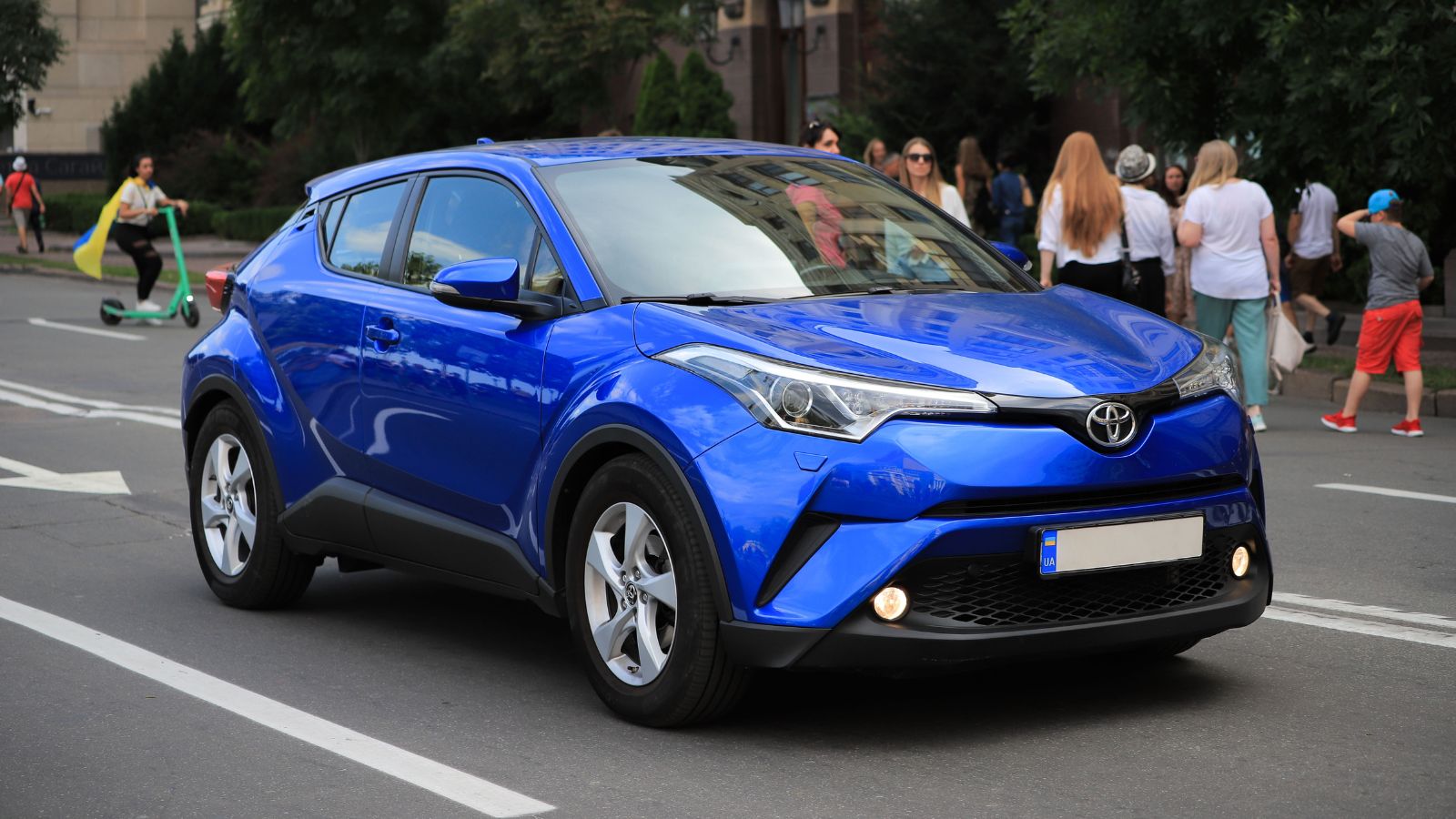
Toyota’s C-HR is a rare misstep from a brand known for excellence. Powered by a 2.0 litre engine with 144 horsepower, it’s sluggish and noisy. The design is polarizing, with styling that cuts into rear visibility so badly that reversing can feel unsafe. Even worse, Toyota doesn’t offer all-wheel drive, a feature that nearly every rival includes. For Canadians, that’s a huge strike against it, and despite Toyota’s strong reliability record, the C-HR struggles to justify itself in this crowded market.
Buick Encore
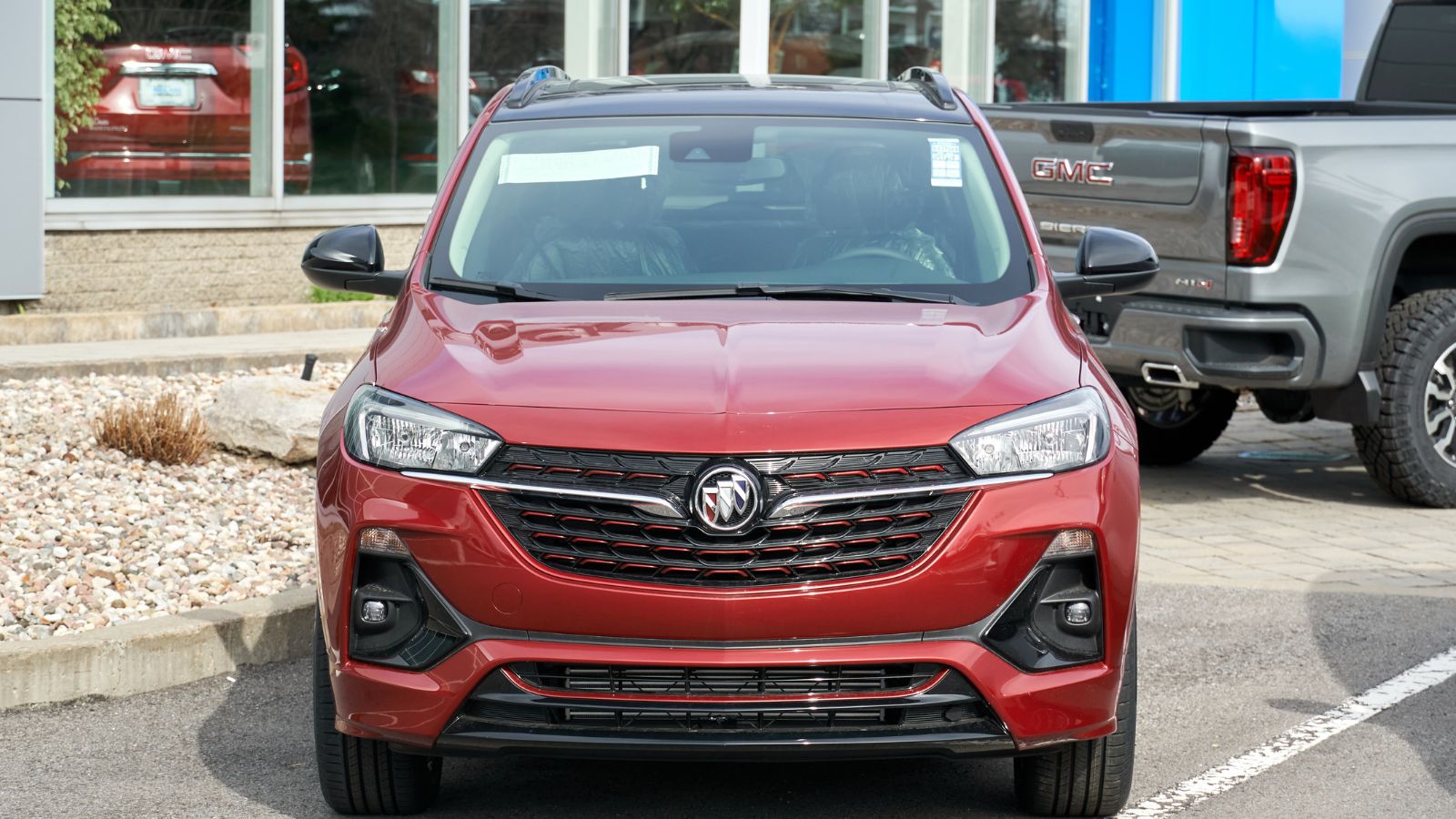
The Buick Encore promises affordable luxury, but in reality it’s cramped, underpowered, and overpriced. Its 1.4 litre turbo engine produces 155 horsepower, leaving it feeling slow, especially compared to competitors at the same price point. Despite wearing a premium badge, the interior isn’t much better than cheaper GM siblings. Reliability is average, but resale value is poor, as most Canadians would rather buy a Toyota or Honda than gamble on Buick’s entry-level offering.
Kia Soul (Classified as a Small SUV)
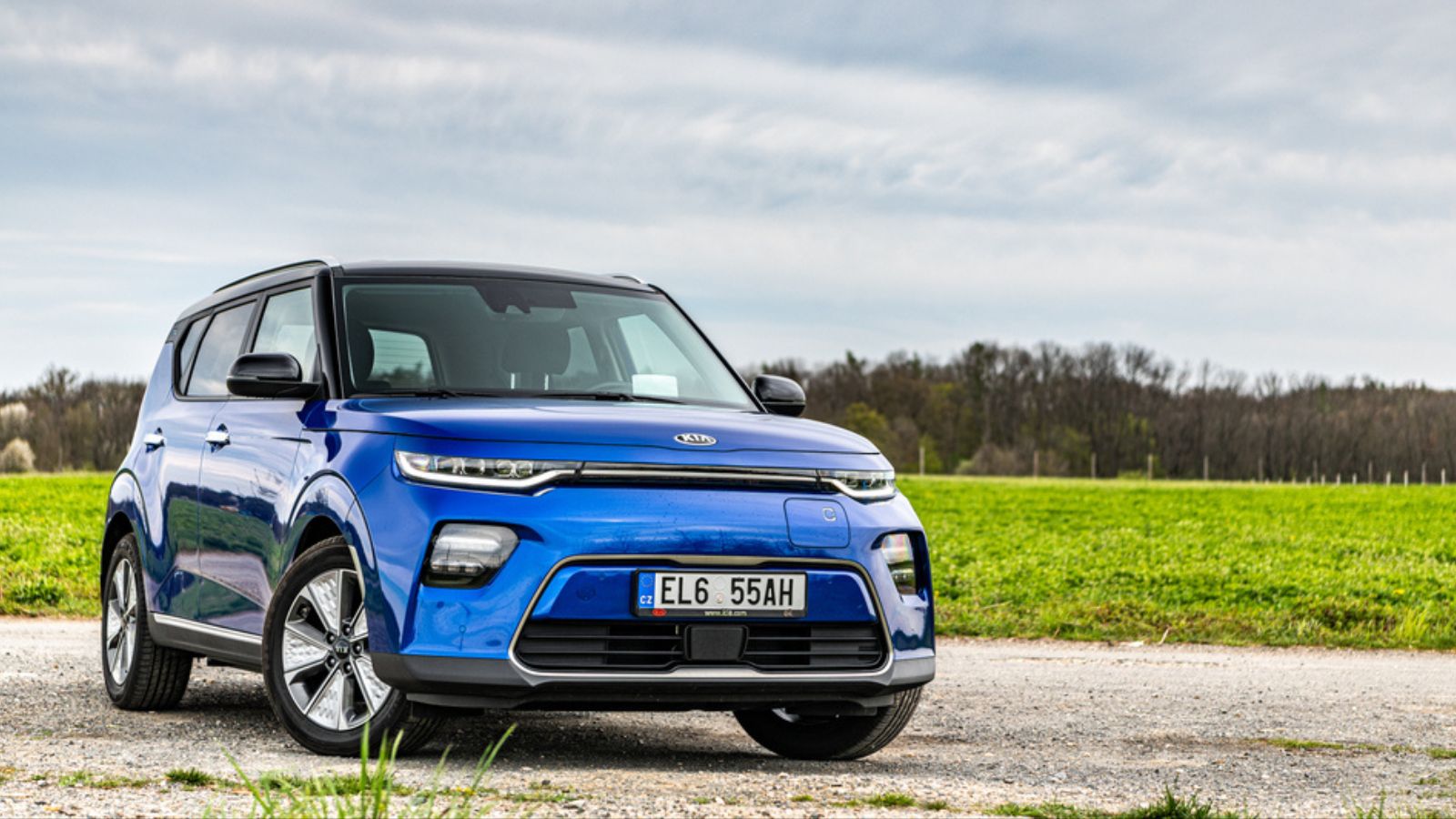
Though technically classified as a small SUV, the Kia Soul blurs the line between hatchback and crossover. Its boxy shape offers decent cargo space, but ride comfort is harsh on highways, and base engines deliver mediocre performance. While higher trims add features, they also creep into pricing territory where true SUVs like the RAV4 and CR-V dominate. For buyers looking for genuine SUV ability, the Soul often feels more like a dressed-up compact car with limited appeal.
Why These SUVs Struggle
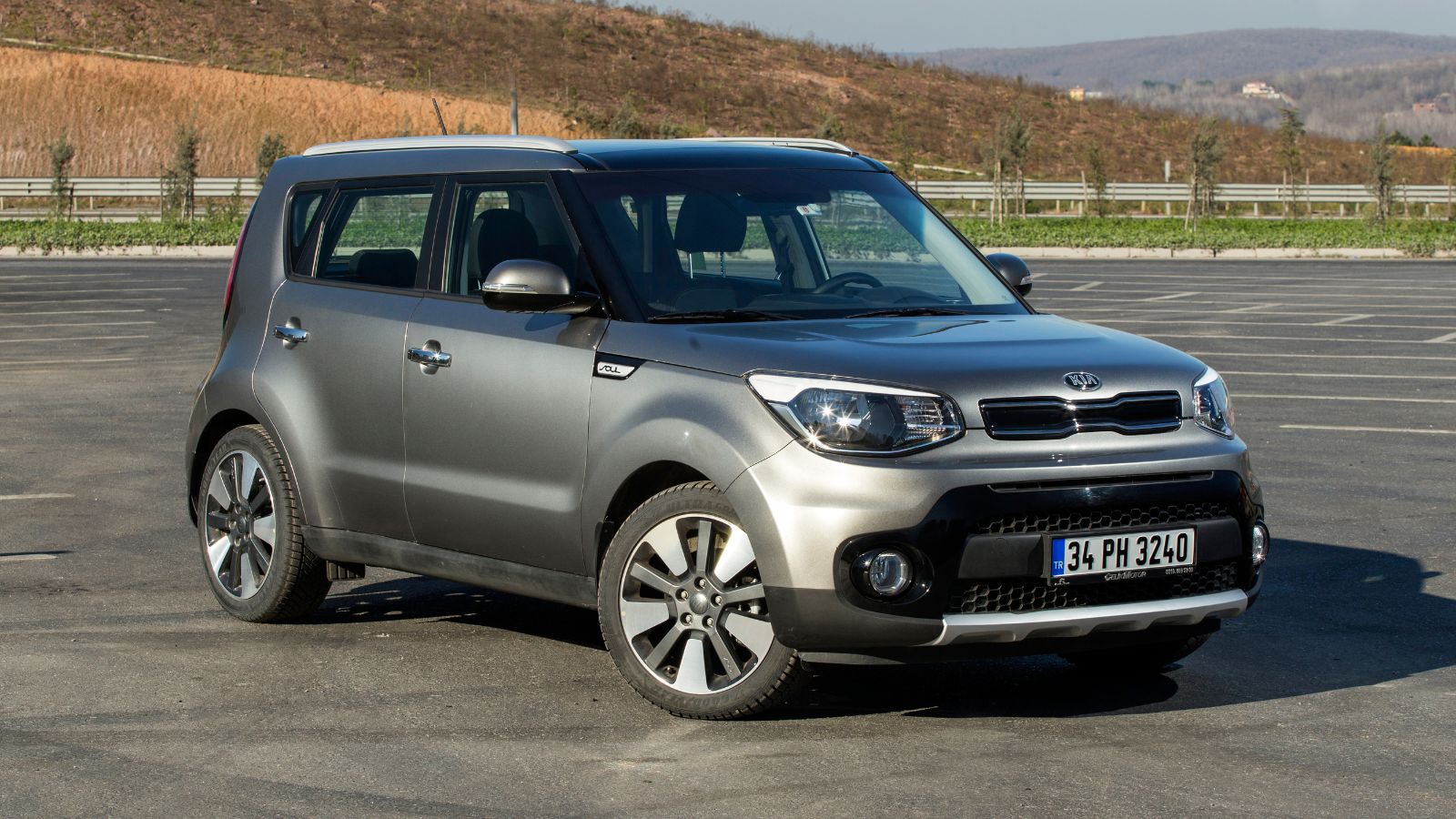
The small SUV market is saturated, which means weak contenders are quickly exposed. Poor engine performance, lack of refinement, limited safety features, and outdated designs doom these vehicles against rivals that offer more for the money. For Canadian buyers, the inability to handle long winters and high maintenance costs only add to the frustration. While they may offer low upfront prices, these SUVs prove that not every crossover is worth the driveway space.
25 Facts About Car Loans That Most Drivers Don’t Realize

Car loans are one of the most common ways people fund car purchases. Like any other kind of loan, car loans can have certain features that can be regarded as an advantage or a disadvantage to the borrower. Understanding all essential facts about car loans and how they work to ensure that you get the best deal for your financial situation is essential. Here are 25 shocking facts about car loans that most drivers don’t realize:
25 Facts About Car Loans That Most Drivers Don’t Realize
